Funding
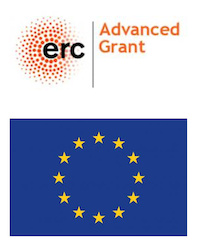
Color 3.0: An object-oriented approach to color
Arguably, the most important function of color is the processing of information about objects in scenes. It is the tight link to objects through which color helps us see things quicker and remember them better. This proposal, Color 3.0, is based on an active observer dealing with three-dimensional objects in natural environments. It deals with the dimensions relevant for the main purpose of color perception – intensity, hue and saturation. The goal is to fundamentally rethink color science around real world objects and natural tasks.
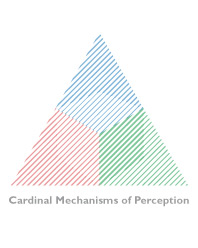
Cardinal mechanisms of perception: Prediction, Valuation, Categorization
The SFB wants to investigate how the human brain derives meaning from incoming sensory signals. Therefore the process of perception will be explained on the basis of three underlying principles: Prediction, Valuation and Categorization. The thereby created internal modells of the natural invironment enables us to predict consequences of action, evaluate possible risks and benefits of signals and reaction and integrate an infinite amount of signals into categories of concepts and behavioural patterns.
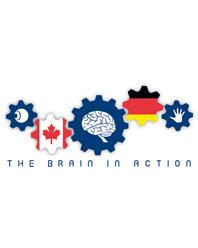
International Research Training Group (DFG-IRTG 1901): The Brain in Action – BrainAct
The "Internationale Graduiertenkolleg" (IRTG) is a international research alliance of the Philipps University Marburg and the Justus-Liebig-University Gießen together with three canadian universities. The canadian partners consist of the York University of Toronto, the Queens University of Kingston and the Western University of London. The goal of the IRTG is the investigation of a deeper understanding of neuronal systems and processes beneath everyday sensation and perception.
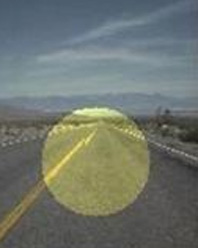
"Mesopic Vision" is being supported by the German Research Foundation from November 2010 until October 2011 with € 200.000. The project is a sub-project of "New Mesopic Image-resolving Photometrics with Analysis Software and Measuring Camera" in Cooperation with Darmstadt Technical University (Prof. Khanh) and Tübingen University (Prof. Kurtenbach).
To date the characterization of visual signal processing under mesopic illumination circumstances has not satisfactorily succeeded. The project deals with mesopic movement perception, as previous research has already shown that under low illumination, subjects systematically underestimate their own speed. With a view to the relevance of those findings for road traffic, we investigate the effects of different central and peripheral illumination conditions on the perception of motion.

The German Research Foundation supports the project "Wahrnehmung von Materialeigenschaften" (english: perception of material properties) with € 1.25 million for a period of five years. The DFG´s Reinhardt-Koselleck-Programm is reserved for particularly innovative but also risky project ideas by excellent individual scientists.
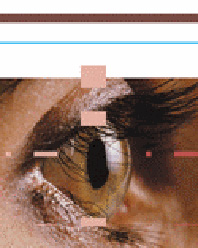
The research group "Perception and Action" is sponsored by the Deutsche Forschungsgemeinschaft. The first funding period was from 2004-2007. The current second funding period started in January of 2008. Goal of the research group is understanding the relationship between visual and motor processing.
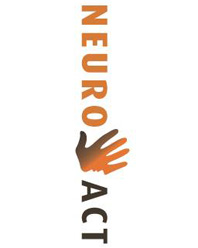
The research training network "NeuroAct" is sponsored by the Deutsche Forschungsgemeinschaft. It was started in 2003 and renewed in 2007. It is situated at the universities of Marburg and Giessen, joining labs from Psychology, Nurophysics, Human Movement Science and Linguistics.
We are trying to answer the question how sensory stimuli are processed and - after being modulated by processes of memory, learning, attention, emotion and language - used to control behavior.
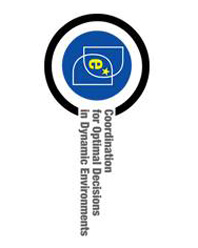
The Marie-Curie-Network "Coordination for optimal decisions in dynamic environments" (CODDE) brings together leading scientists from across Europe to understand the brain processes that enable us to perceive and act in the dynamic world. The CODDE network studies the links between sensory input, brain activity and motor output. It does this by combining behavioural techniques, brain imaging, movement recording and computational modelling. The network consists of 8 University partners and 4 Industrial partners. The network trains young scientists and conducts cutting edge research. It does this through collaboration and cooperation between multiple partner sites. We meet on a regular basis, exchange students and organise advanced training courses.
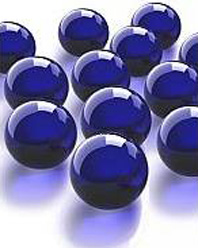
Communicative cultural techniques such as reading and writing are the basis of every complex society. The research focus "Kulturtechniken und ihre Medialisierung" (english: cultural techniques and their medialization" has been requested in the framework of the competition proceeding "LOEWE ? Landes-Offensive zur Entwicklung Wissenschaftlich-ökonomischer Exzellenz". It addresses the change of cultural techniques, its effects on "cultural products" and the constant adaption of their socio-cultural handling. This is supposed to be investigated from the perspective of medialization. Approaches from linguistics, cultural studies, sociology and science of history are being combined.
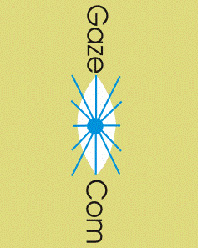
The project "Gaze-based communication" (GazeCom) is funded by the European Commission within the Information Society Technologies (IST) priority of the 6th Framework Programme. Our objectives are to (i) show that gaze guidance has a high impact on what is perceived and communicated effectively; (ii) advance the level of understanding of the human visual system to the point where gaze guidance becomes feasible, and (iii) build prototype systems that exploit these insights and demonstrate the potential for applications. If these objectives can be reached, we believe the resulting technology will fundamentally change the way in which information can be communicated in the future information society.
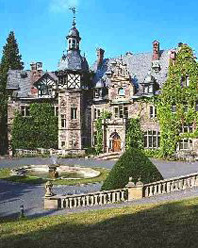
The European Summer School exposes young vision researchers—at the late pre-doctoral or early post-doctoral level—to the principal methods and seminal issues of contemporary visual neuroscience. In addition, it seeks to build a basic fluency in the emerging lingua franca of computational neuroscience. The range of topics is broad, literally from spikes to awareness, and the pace correspondingly brisk. This intensive experience should allow participants take a broader view of, and make more informed decisions about, their future research direction.
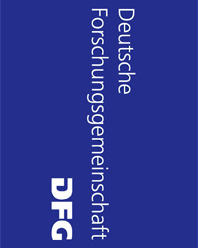
The DFG project "Cortical mechanisms of color vision" (2001-2009): The objective of the work presented here is to investigate the cortical processing of color information. Which color-specific mechanisms process the signals coming from the retina in order to get to a precise and stable representation of color in the visual cortex? Research is done on to what extent this information is then provided for the processing of other perceptional tasks, like the computation of shape and movement. Thus, color is not to be looked at as detached from other image attributes here. We rather try to explain how those attributes are being integrated in order to get to a consistent representation of our natural environvent.

DFG project "Perception of natural scenes" (2002-2006): The objective of the work presented here is to investigate the visual processing of natural scene pictures. Almost anything we know about cerebral processing of visual stimuli in humans has its source in psychophysical and neurophysiological research that only used very simple stimuli. But ultimately it has become apparent that even under those reduced stimulus conditions, non-linear processing mechanisms often dominate the behavior of the visual system as a whole. Thus, we aim to find out to what extent our knowledge about the early stages of visual processing is of use when it comes to the perception of natural images. Specifically, we will try to find out which image attributes are used by the human visual system to solve this task. These image attributes are then being compared to those attributes which arestatistically optimal for solving the task.
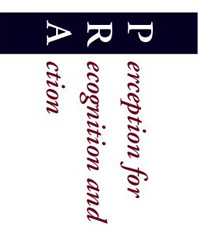
Perception for Recognition and Action (PRA) is a Research Training Network funded by the European Commission from 2003 to 2006. The network is composed of 8 research groups and involves more than 20 scientists, 10 of whom were hired specifically for this network. Our aim is to understand better the brain mechanisms underlying perception and action and the link between the two.
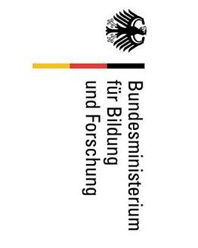
ModKog was funded by the German Federal Ministry of Education and Research from 2002 to 2005. The project is based on interdisciplinary research on visual attention and envisages applications in the area of medical diagnosis and visual communication. Within ModKog, we closly collaborate with the Institute of Neuro- and Bioinformatics of Lübeck University, and SensoMotorik Instruments in Teltow/Berlin. Our objectives in ModKog are summarized under Itap.